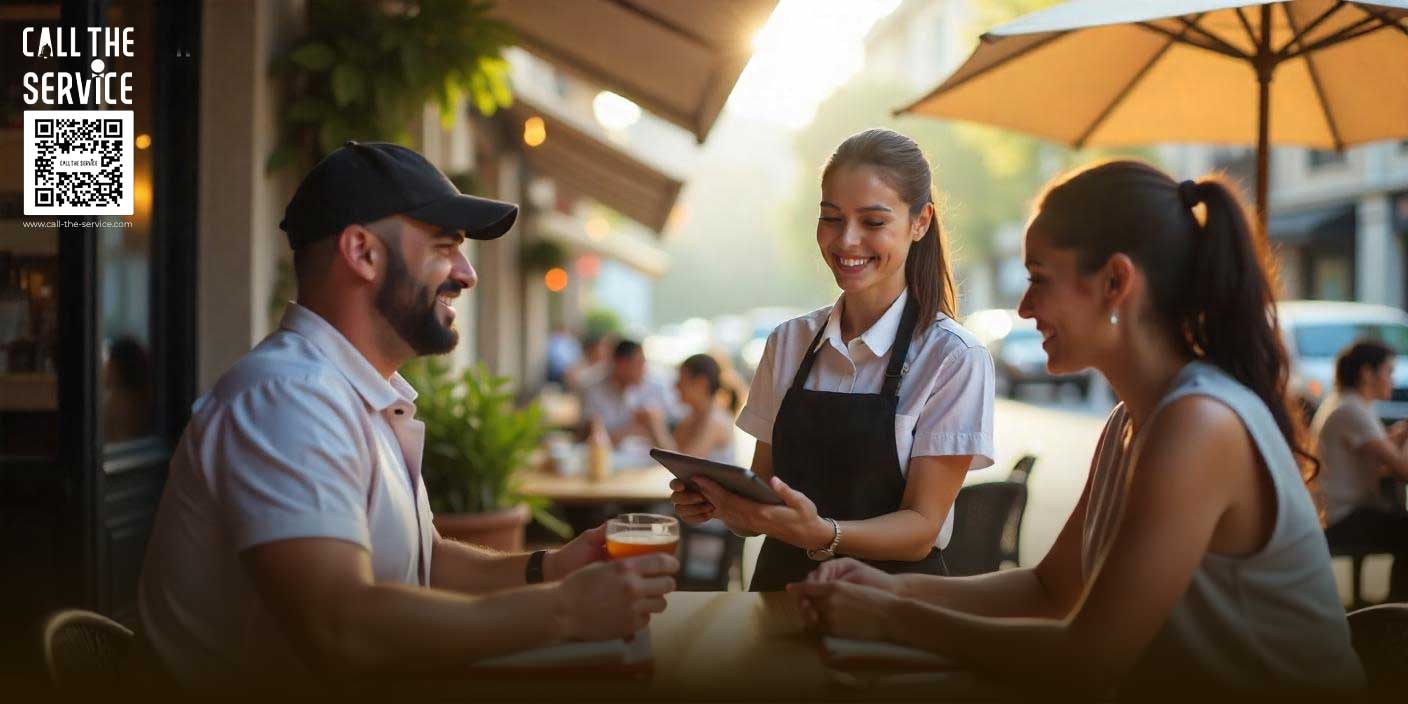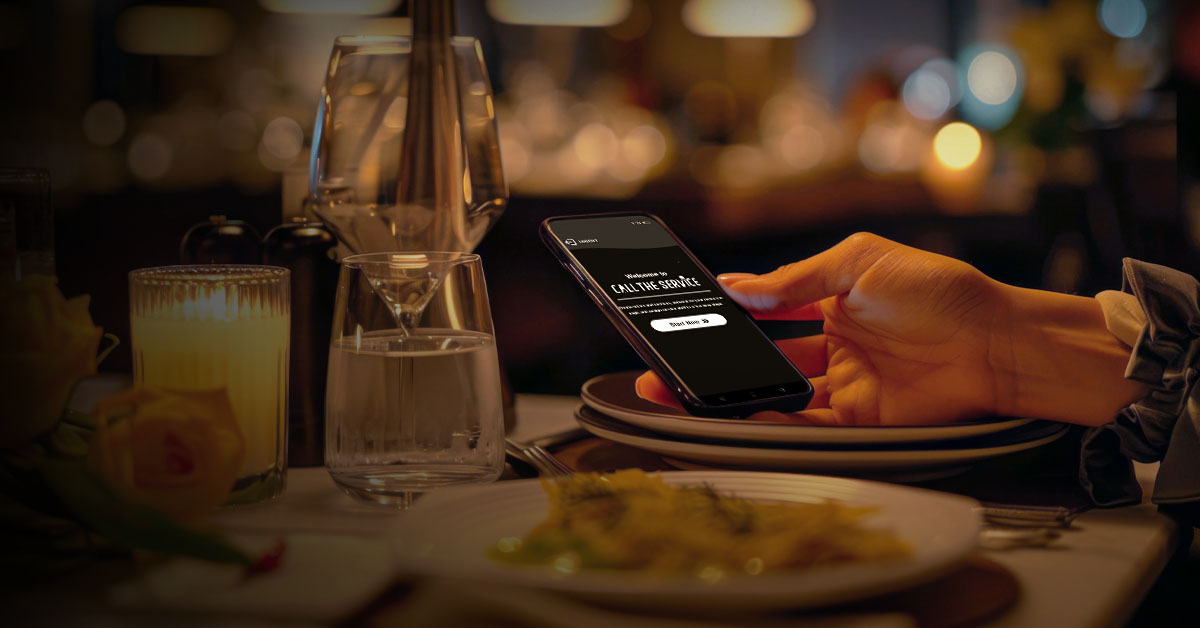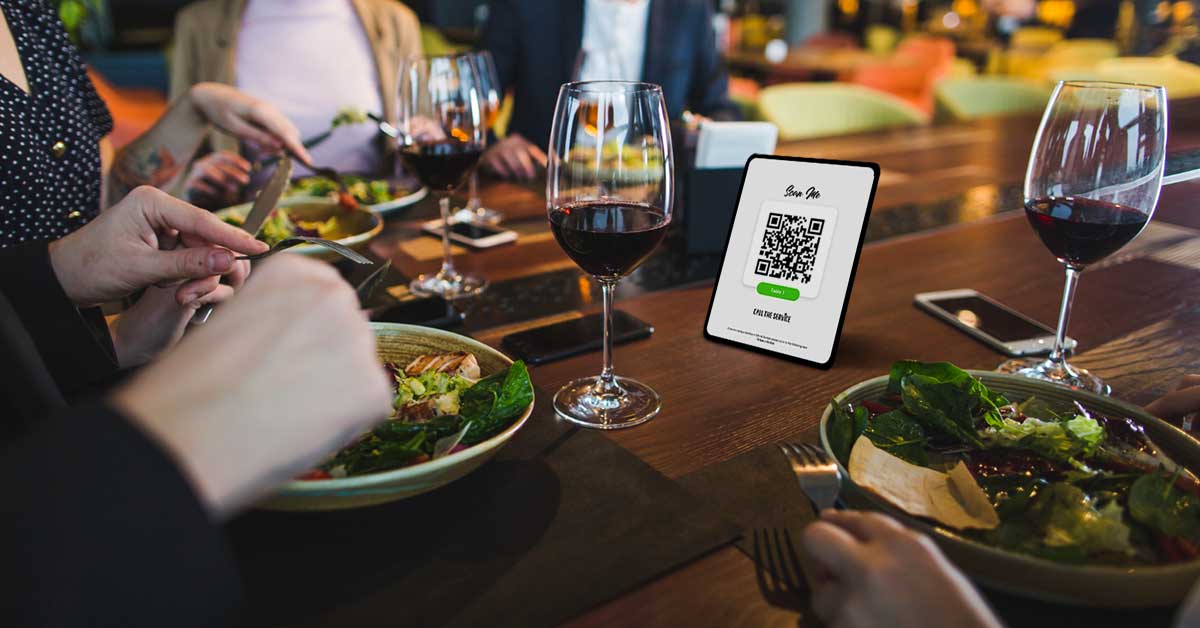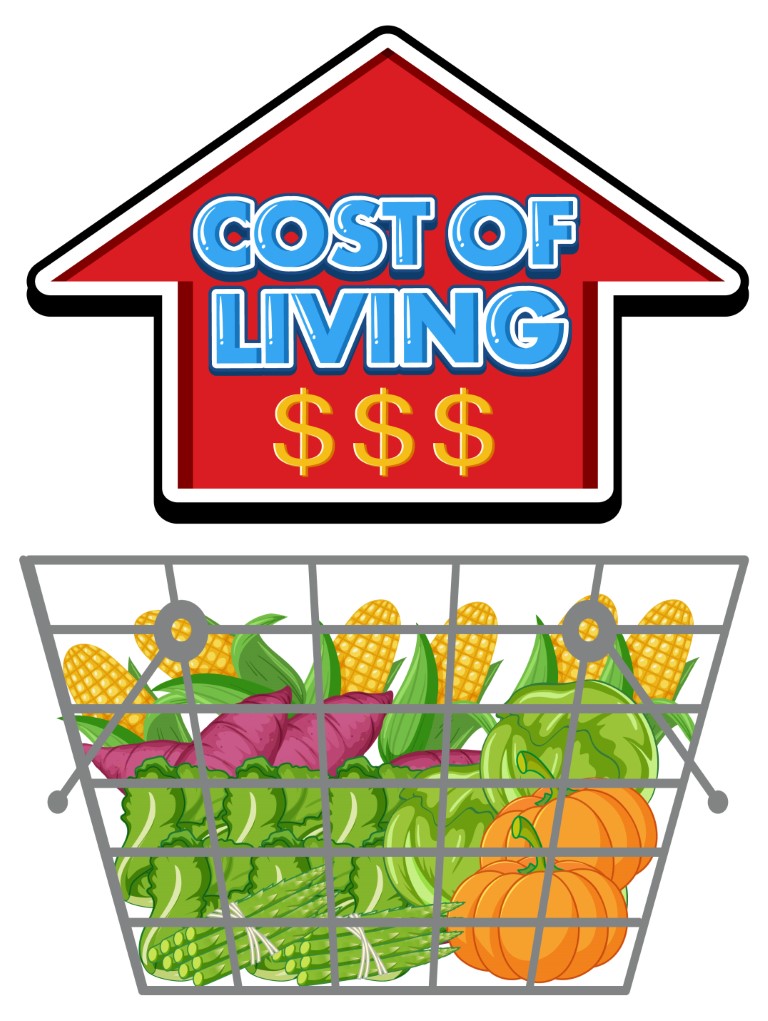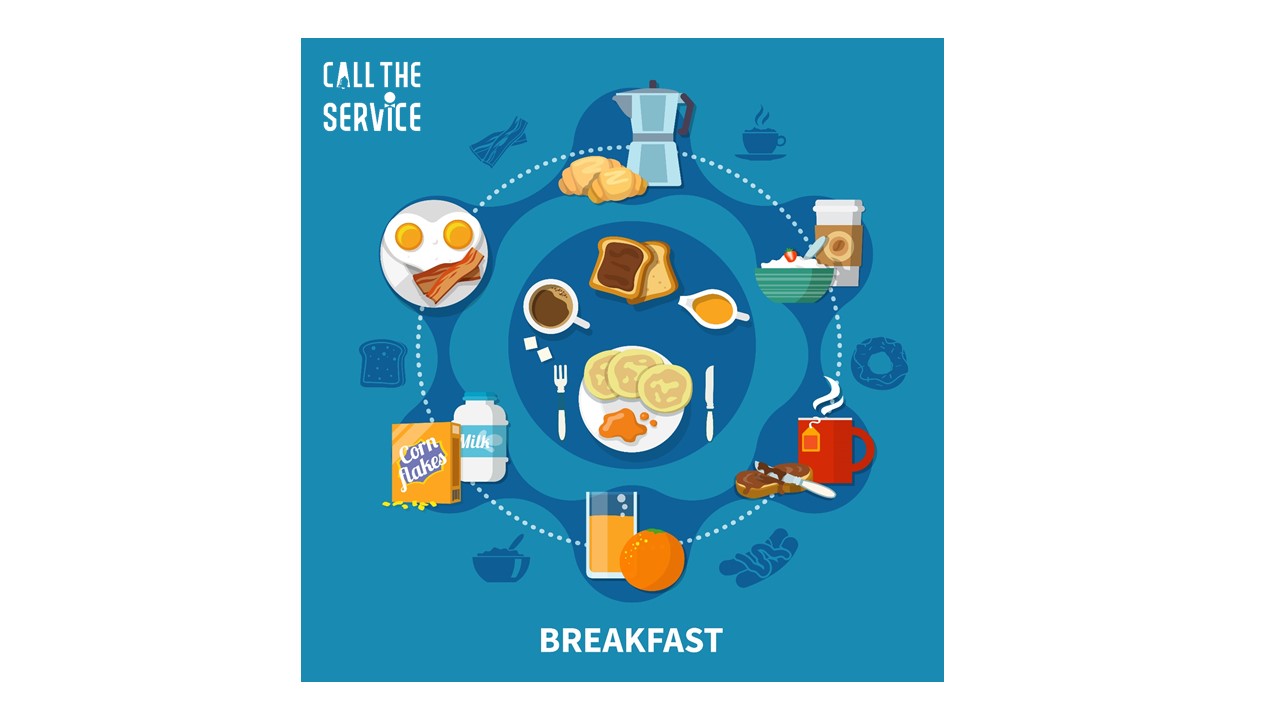In today’s competitive hospitality landscape, effective revenue management transcends traditional pricing strategies to encompass a holistic approach that enhances every aspect of the guest experience. For hotels, bars, cafes, and restaurants alike, mastering the art of revenue management is pivotal to achieving financial success. This comprehensive strategy involves not just setting optimal prices but also fine-tuning service delivery, leveraging location advantages, creating compelling offerings, understanding customer expectations, ensuring value for money, and providing an unforgettable experience with flawless service. Here’s how these elements play out across different hospitality venues.
Service Excellence: Elevating Every Interaction
The gold standard of hospitality, exceptional service, is what guests remember and share. For a hotel, this could mean personal concierge services or in-room check-in. A bar might offer tastings or mixology classes, cafes could provide comfortable workspaces with high-speed Wi-Fi, and restaurants might introduce tableside preparations or chef meet-and-greet experiences. Each touchpoint is an opportunity to impress and build loyalty.
Location: Leveraging Locale for Competitive Advantage
A hotel near a convention center, a large facility for hosting conferences and events, could offer tailored services for business travelers, such as shuttle rides to the event venue or meeting spaces within the hotel. A seaside bar might host beachfront happy hours or live music nights. Cafes in high-foot-traffic urban areas could offer quick grab-and-go options or mobile ordering to cater to the busy pedestrian crowd, while a restaurant near historical sites might theme its decor and menu around local history, drawing in tourists.
Crafting Offers That Capture Attention
Hotels can enhance their guest experience by creating themed stay packages or forming partnerships with local attractions. For example, a hotel near the beach could offer a “Beach Getaway” package, including room decor themed around the ocean, beach day essentials like towels and sunscreen, and vouchers for nearby water sports rentals. Alternatively, a hotel in a city known for its art scene could collaborate with local galleries to offer guests exclusive tours or entry tickets as part of their stay. These partnerships not only make the stay more memorable for guests but also support local businesses, creating a mutually beneficial relationship.
Bars can boost customer retention and incentivize frequent visits by implementing a loyalty program. This program could reward regular patrons with exclusive perks such as discounts on drinks, priority seating, invites to special events, or even a free drink after a certain number of visits. For instance, a bar might offer a “VIP Member’s Night” where loyalty members enjoy special prices or a “Buy 9, Get the 10th Drink Free” punch card. Such initiatives not only encourage repeat business but also foster a sense of community and appreciation among customers, making them feel valued and more likely to become advocates for the bar.
Cafes can tap into the local culture and seasonal ingredients by introducing drink specials that reflect the tastes and aromas unique to their region, changing these offerings with the seasons to keep the menu fresh and engaging. For example, a cafe might offer a pumpkin spice latte in the fall, a strawberry basil lemonade in the summer, or a chestnut praline hot chocolate in the winter, all made with locally sourced ingredients.
Similarly, restaurants can create buzz and attract food enthusiasts by hosting monthly culinary events that feature guest chefs from around the world or local culinary stars. These events could range from exclusive tasting menus, where the guest chef showcases their signature dishes, to collaborative dinners that fuse the restaurant’s style with the guest chef’s unique approach. This not only provides patrons with a one-of-a-kind dining experience but also keeps the restaurant’s offerings dynamic and interesting, encouraging diners to return regularly to experience something new.
Meeting Diverse Customer Expectations
For hotels, this might include offering eco-friendly amenities or diverse in-room dining options catering to various dietary needs. Bars could highlight a selection of organic or biodynamic wines. Cafes might focus on offering a range of dairy-free milk alternatives, while restaurants could design menus that feature both traditional dishes and innovative, dietary-restriction-friendly options to cater to all patrons.
Delivering Value: Quality That Justifies Every Penny
A luxury hotel can enhance its appeal by offering bespoke experiences that cater to the unique interests of its guests, such as personalized city tours curated by local experts. These tours could focus on hidden gems, cultural hotspots, or culinary adventures, providing an exclusive and memorable experience that reflects the individual’s preferences and interests.
Cafes committed to quality and sustainability can create a niche by using only high-quality, ethically sourced coffee beans. This commitment not only improves the taste and quality of the coffee but also appeals to customers who are willing to pay a premium for products that are responsibly sourced and support fair trade practices.
Bars can distinguish themselves by offering a selection of rare, aged spirits that are not commonly available elsewhere. This unique tasting experience could include vintage wines, limited-edition whiskeys, or aged rums, providing an opportunity for patrons to explore sophisticated flavors and learn about the intricacies of spirit aging processes.
Restaurants focusing on locally-sourced, seasonal ingredients can emphasize the freshness, quality, and support for the local economy as their value propositions. By changing their menu according to what’s in season, restaurants can offer dishes that are not only fresher and tastier but also reduce their carbon footprint and bolster local agriculture. This approach resonates with diners who value sustainability and want to contribute to the well-being of their community through their dining choices.
Creating Moments That Last a Lifetime
Imagine a hotel where guests are greeted by name and rooms are pre-set to their preferences, or a cafe that remembers your usual order and prepares it as you arrive. Bars that host interactive events, such as live brewing sessions or cocktail-making contests, and restaurants offering dining-in-the-dark experiences or chef’s table dinners make for unforgettable visits.
Ensuring Seamless Service Across the Board
Hotels can greatly enhance their guest experience by adopting mobile applications that cover a wide range of services. From check-in and room selection to room service orders and check-out, a comprehensive app allows guests to manage their stay with the convenience of their smartphones. Adding functionality through “Call The Service” can further streamline room service orders, enabling guests to scan a QR code to instantly request additional amenities, order food, or make special requests directly from their device.
Bars can modernize their service by implementing QR code menus and contactless payment options. This not only speeds up the ordering process but also reduces wait times for customers, making the experience more enjoyable. With “Call The Service,” bars can offer patrons the ability to view the menu, place orders, and pay their bill all from their smartphones, enhancing the convenience and satisfaction of their visit.
Cafes, especially those with a high volume of morning traffic, can benefit from introducing order-ahead options. This allows customers to place their orders before arriving, ensuring their coffee or breakfast is ready when they get there, which is perfect for those on a tight schedule. Incorporating “Call The Service” can also facilitate this process, giving customers an easy way to order and pay, ensuring they get their morning fix with minimal wait time.
Restaurants can utilize guest management systems to remember guests’ preferences, allergies, and past orders to personalize the dining experience. This attention to detail can significantly enhance customer loyalty and satisfaction. By integrating “Call The Service” into their operations, restaurants can offer guests the ability to communicate their preferences and special requests directly through the app, ensuring that their meal is exactly as they want it every time they visit.
Conclusion
By diving deep into these strategic areas, hotels, bars, cafes, and restaurants can navigate the complexities of today’s consumer market. It’s about creating a symphony of memorable experiences through meticulous attention to service, location, offerings, and customer engagement. This holistic approach not only solidifies a venue’s market position but also cultivates a base of loyal, satisfied customers, ensuring sustainable revenue and industry leadership.

